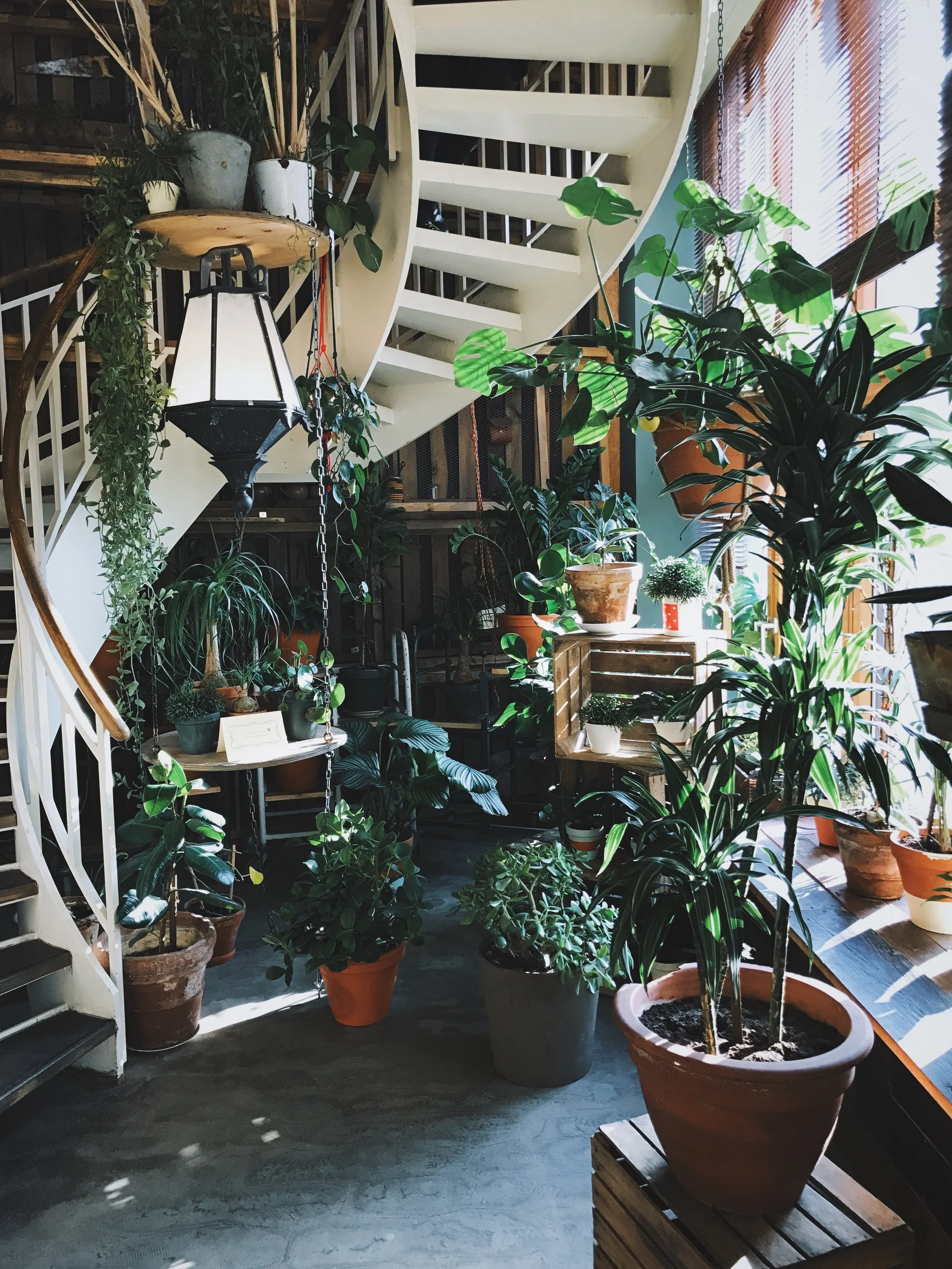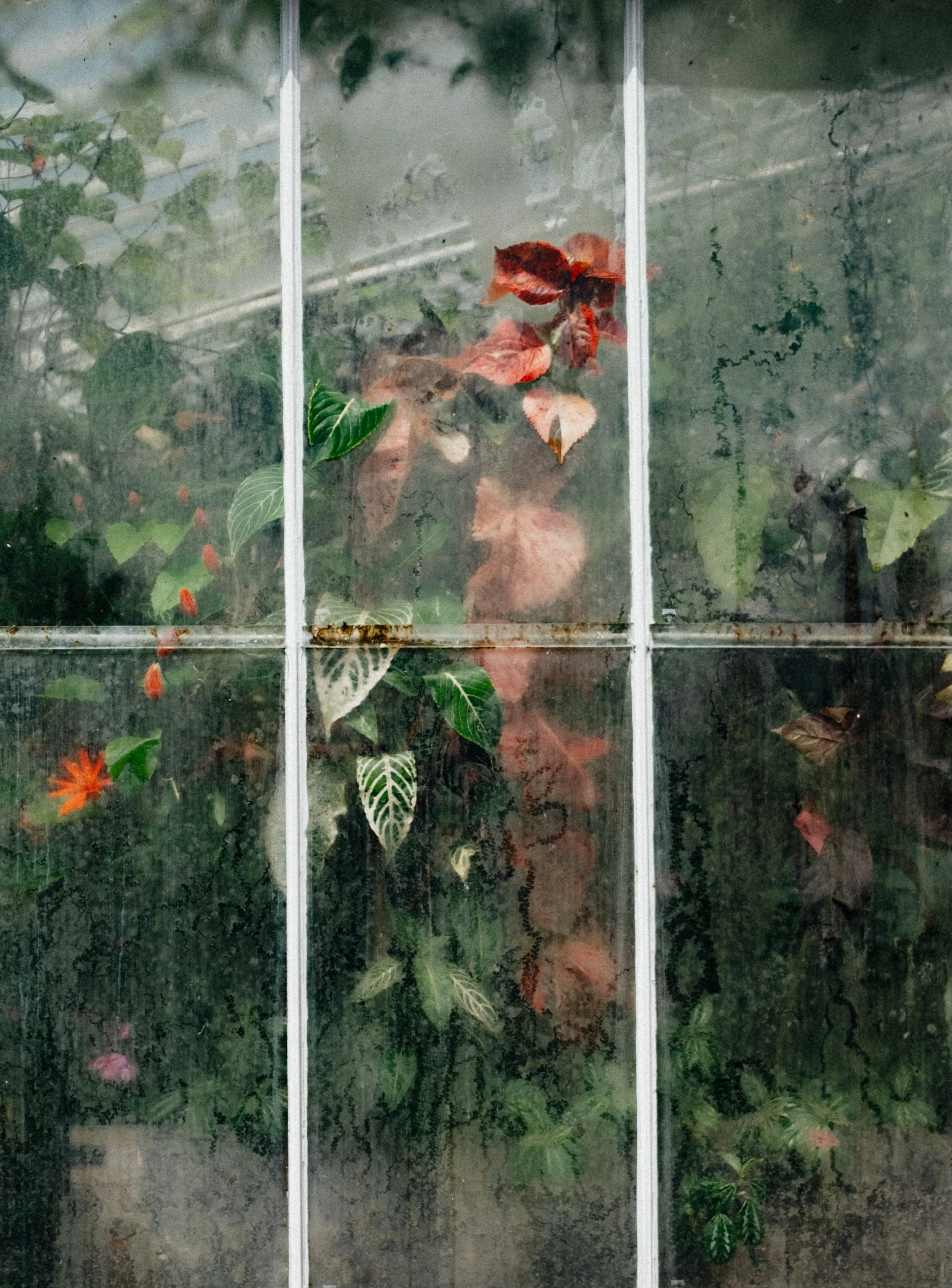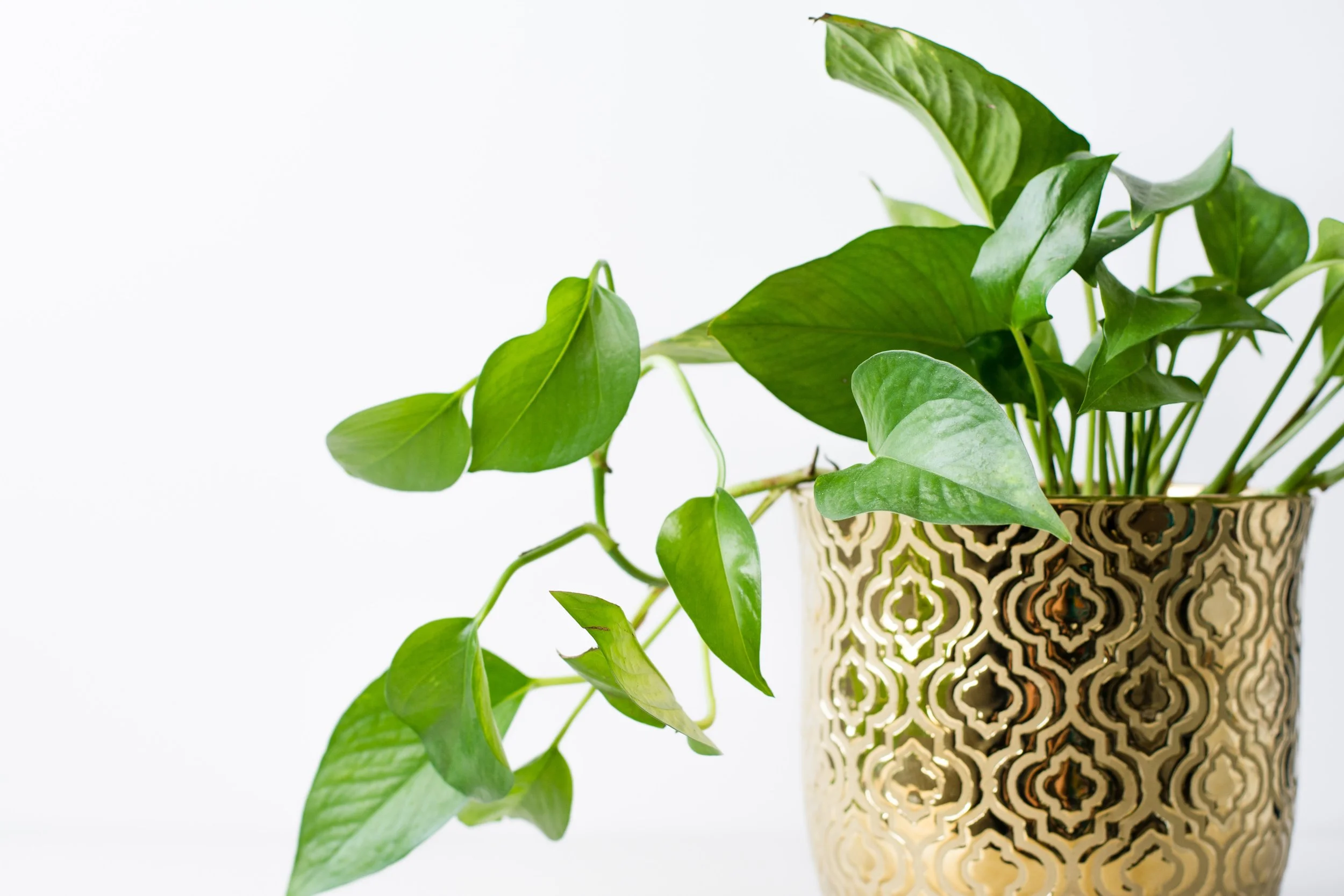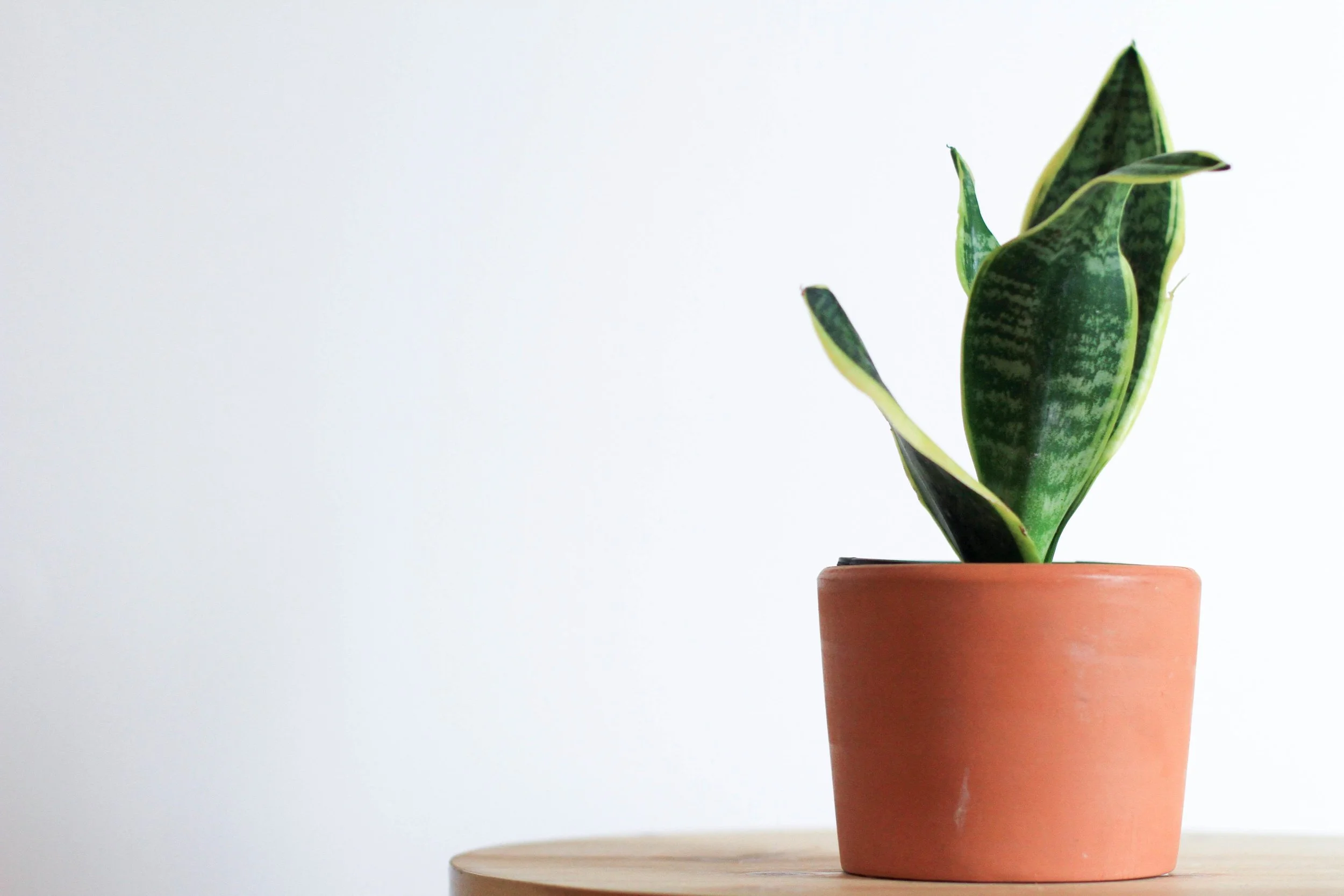How to Keep Your Plants Alive and Well While You're on Holiday
Planning a holiday can be an adventure, but there's one concern that tends to cloud the excitement: the well-being of your beloved indoor jungle.
After the pandemic, somehow our homes have become jungles, overflowing with foliage. And other than impressive bread-baking skills, and a bit of social anxiety when in crowds, all of us are wondering if we are taking good enough care of our plants.
So, it's only natural to wonder, "How will they survive without us when we're away?"
Don't worry, whether you're a seasoned gardener or someone who's recently caught the plant bug, our guide has got you covered. We're here to ensure that your leafy friends stay happy and healthy during your holiday, no matter what type of plants you have or your level of plant knowledge. From succulents to philodendrons, from novice gardeners to plant enthusiasts, we have you covered.
Essential Equipment:
When it comes to caring for your plants while you're on holiday, the equipment you need can range from the simplest to the most advanced. Your choice depends on your level of plant commitment:
Basic Care: If you're just getting started, you can create a simple self-watering system using a plastic bottle and a q-tip. It's a cost-effective and low-tech solution that provides a slow release of water to your plants.
Intermediate Level: If you want a bit more automation, consider using timers to regulate your plant's watering schedule. Timers can be attached to your self-watering devices to create a semi-automated system.
Advanced Setup: For a more hands-free approach, you can invest in specialized self-watering devices that ensure your plants receive the perfect amount of moisture. Coupled with timers, these devices offer a high level of control and can be particularly useful if you have a variety of plants with different watering needs.
But let’s take a look at each of these options.
1. Basic Care: DIY Self-Watering System
Creating a basic self-watering system can be surprisingly easy with a bit of practice. Here's how you can set up your own DIY self-watering system:
Materials Needed:
An empty plastic bottle
A clean and dry Q-tip
Potting soil
The plant you want to water
Prepare the Bottle:
Take an empty plastic bottle and clean it thoroughly.
Fill the Bottle:
Fill the bottle with water, leaving a little space at the top.
Add the Q-Tip:
Take a clean and dry Q-tip and push it through the bottle cap, ensuring it goes through the center. The Q-tip will serve as a wick to draw water from the bottle to the soil.
Bury the Bottle:
Turn the bottle upside down and bury it into the soil near the base of your plant. Make sure the mouth of the bottle is below the soil surface. The Q-tip should be in contact with the soil.
Watering Process:
Over time, the water will slowly seep out from the bottle through the Q-tip, keeping the soil consistently moist.
Learn from Video Tutorials:
If you prefer visual guidance, many step-by-step tutorials are available on YouTube. A simple search for "DIY self-watering plant system" will help you find a tutorial that suits your needs.
2. Intermediate Level: Timers and Self-Watering Devices
The intermediate level offers a more automated approach to plant care. This option involves using timers in conjunction with self-watering devices.
Here's how these systems work:
Attach a timer to your water source, such as a faucet or a water container.
Connect the timer to a network of tubing or hoses that run to each plant.
Attach self-watering devices, like drip emitters or spikes, to the other end of the tubing. These devices deliver water directly to the plant's root zone.
Set the timer to water your plants at specific intervals and for specific durations. This allows you to customize the watering schedule for each type of plant you have.
These systems provide consistent and adjustable care for your plants.
3. Advanced Level: Automated Systems
This more advanced level of plant care involves the use of IoT automation, which offers the highest level of precision (and convenience). These systems typically rely on the following components:
a. Soil Moisture Sensors: these sensors are buried in the soil and connected to a controller. As you expect, they measure the moisture level in the soil, ensuring it remains within the ideal range for your plants. Many modern plant nurseries are using it on a daily basis.
b. Controllers: They receive data from the moisture sensors and determine when and how much to water. Some controllers can even adjust the watering schedule based on environmental conditions like temperature and humidity.
c. Irrigation Systems: Automated irrigation systems, such as drip systems or sprinklers, are connected to the controller. When the controller signals that it's time to water, these systems deliver the precise amount of water to each plant.
d. Remote Access: Many advanced systems are equipped with remote access, allowing you to monitor and adjust the settings from anywhere using a smartphone app or a computer.
How It Works:
Soil moisture sensors measure the moisture level in the soil. If the level falls below a predetermined threshold, the controller activates the irrigation system to water the plants. Once the moisture level is back within the ideal range, the system stops watering.
Of course, there are also eco-friendly options available that utilize rainwater harvesting and solar-powered controllers. Choose the system that best suits your plants.
Level of Sun Exposure
Understanding your plants' sun exposure needs is crucial. Here are some examples to give you a clear idea of how different plants may require various levels of sunlight:
1. Bright Sunlight:
Monstera (Swiss Cheese Plant): Monstera plants thrive in bright, indirect sunlight. They should receive dappled or filtered sunlight to avoid burning their leaves.
Cacti and Succulents: Most cacti and succulents prefer bright, direct sunlight. They can tolerate the sun's intensity and need several hours of it each day to flourish.
Sunflowers: These vibrant beauties adore full sunlight and will grow tall and produce large, cheerful blooms when exposed to plenty of sunshine.
2. Medium Sunlight:
Pothos (Devil's Ivy): Pothos are adaptable and can thrive in a variety of lighting conditions, but they do well in medium or moderate sunlight.
Begonias: Many begonia varieties prefer medium light levels, making them suitable for indoor spaces with filtered sunlight.
Spider Plants: These popular houseplants are quite content with medium sunlight and can tolerate some shade.
3. Low Sunlight:
Snake Plant (Sansevieria): Snake plants are known for their resilience and are excellent in low light conditions. They're perfect for offices and rooms with minimal natural light.
Peace Lily: Peace lilies thrive in low to medium light settings and are excellent air purifiers, making them a great choice for improving indoor air quality.
By observing your plants' specific sun exposure requirements, you can ensure they remain healthy and vibrant during your time away.
Now, let's dive into the next vital aspect of plant care while you're on holiday: maintaining optimal humidity levels in your house or apartment.
Humidity Levels
As you already know, proper humidity is essential for your plant's health. It can be easily managed, especially if you have a smart home. Many smart home systems allow you to control the humidity levels in your living space, and if you don’t have a smart IoT system you can always adjust the humidity levels with proper ventilation.
To maintain suitable humidity for your plants, it's essential to understand their requirements. Here's a brief guide:
1. High Humidity:
Tropical Plants: Many tropical plants, like peace lilies and ferns, thrive in high humidity. These plants often appreciate regular misting or placement near a humidifier to maintain moisture in the air.
2. Moderate Humidity:
Pothos and Spider Plants: These common houseplants can adapt to various humidity levels, making them suitable for homes with standard indoor humidity.
3. Low Humidity:
Cacti and Succulents: These plants are accustomed to arid conditions and prefer lower humidity. They're perfect for homes with dry air.
Snake Plants: Snake plants can tolerate low humidity and are excellent for environments with minimal moisture in the air.
Now, let’s take a look at some specific examples, and see how you would take care of some of the most popular plants these days, while you go on a two-week holiday.
How to Prepare Your Monstera Plant While You're on Holiday
Monstera Deliciosa, also known as the Swiss Cheese Plant, is a popular and visually striking houseplant. So, here's a detailed guide on preparing your Monstera for a two-week vacation:
1. Soil:
Well-Draining Soil: Monstera plants prefer well-draining soil that allows excess water to escape. A mix of potting soil, perlite, and orchid bark is an excellent choice. Ensure that the pot has drainage holes to prevent waterlogging.
2. Fertilizer:
Balanced Fertilizer: Monstera plants benefit from balanced, water-soluble fertilizers. Use a liquid fertilizer with an N-P-K ratio of 20-20-20 or similar. Feed your Monstera every 4-6 weeks during the growing season (spring and summer).
3. Watering:
Even Moisture: Monstera plants prefer consistent, even moisture. Before you leave, water your Monstera thoroughly until water drains from the bottom of the pot. This ensures that the roots have enough moisture to last during your absence.
Self-Watering System (Optional): To maintain consistent soil moisture, consider using a self-watering system. These devices allow your plant to absorb water as needed, reducing the risk of overwatering.
4. Humidity:
Moderate Humidity: Monstera plants are adaptable to moderate humidity levels. Indoor humidity (30-40%) is typically sufficient for their well-being.
5. Pruning:
Trim Excess Growth: Before your vacation, consider pruning your Monstera. Remove any leggy or excess growth to encourage healthy development. This step also minimizes water and nutrient demands while you're away.
Make sure you place it in a suitable location with indirect light, as strong direct sunlight can scorch the leaves. With the right soil, the correct amount of water, and balanced humidity, your Monstera will continue to thrive during your absence.
How to Prepare Your Pothos Plant While You're on Holiday
Pothos is a low-maintenance and versatile houseplant. Luckily, keeping your Pothos healthy and vibrant during your holiday requires minimal effort. Here's a comprehensive guide on preparing it for a two-week vacation:
1. Soil:
Well-Draining Soil: Pothos plants absolutely love well-draining soil. They don’t like to have their “feet” wet. So, use a mix of potting soil and perlite to ensure good drainage. A pot with drainage holes is essential to prevent overwatering.
2. Fertilizer:
Balanced Fertilizer: Pothos plants appreciate a balanced, water-soluble fertilizer. Opt for a liquid fertilizer with an N-P-K ratio of 20-20-20 or similar. During the growing season (spring and summer), feed your Pothos every 4-6 weeks.
3. Watering:
Even Moisture: Pothos plants prefer even moisture. Before you leave, water your Pothos thoroughly and let any excess water drain from the pot. This ensures the roots have sufficient moisture during your absence.
4. Light:
Indirect Light: Pothos plants thrive in medium to bright, indirect light. While you're away, ensure your plant is placed in a suitable location with filtered sunlight. Avoid direct sunlight to prevent leaf burn.
5. Humidity:
Adaptable to Humidity: Pothos plants are adaptable to various humidity levels and can thrive in average indoor conditions (30-40% humidity).
6. Pruning:
Trim Excess Growth: Pruning your Pothos before your vacation can help it maintain its appearance and reduce water and nutrient requirements. Remove any leggy or overgrown stems to encourage healthy growth.
How to Prepare Your Snake Plant While You're on Holiday:
The Snake Plant, also known as Sansevieria or Mother-in-Law's Tongue, is an excellent choice for travelers due to its hardy nature and low maintenance requirements. To ensure your Snake Plant thrives while you're on holiday, follow these guidelines for a two-week vacation:
1. Soil:
Well-Draining Soil: Snake Plants prefer well-draining potting mix. Use a cactus or succulent soil mix or add sand or perlite to improve drainage. Ensure your pot has drainage holes to prevent waterlogging.
2. Fertilizer:
Sparingly Fertilize: Snake Plants don't need frequent feeding. Apply a balanced, water-soluble fertilizer at half the recommended strength during the growing season (spring and summer). Skip fertilization in the winter.
3. Watering:
Minimal Water Needs: One of the Snake Plant's strengths is its drought tolerance. Water it sparingly, allowing the soil to dry out completely between waterings. A thorough watering before your vacation should suffice.
Avoid Overwatering: Overwatering is a common mistake that can harm your Snake Plant. Ensure the pot has proper drainage, and empty the saucer beneath the pot after watering to prevent root rot.
Self-Watering System (Optional): For added peace of mind, consider using a self-watering system or asking a friend or neighbor to check and water your plant if the soil dries out too quickly.
4. Light:
Adaptable to Light: Snake Plants can tolerate a wide range of light conditions. They thrive in indirect sunlight but can also adapt to low-light environments. Place your plant in an area with filtered or indirect light for consistent growth.
5. Humidity:
Low Humidity Tolerance: Snake Plants are well-suited for low humidity levels, making them ideal for indoor environments with controlled climates.
6. Pruning:
Minimal Pruning: Snake Plants typically require little pruning. Remove any yellow or damaged leaves, if necessary. Pruning is mainly for aesthetic purposes.
Your Snake Plant is well-equipped to thrive during your vacation with minimal care. Its adaptability and resilience make it a superb choice for plant enthusiasts who frequently travel. Ensure that the plant receives adequate light, and monitor its watering needs to avoid overwatering.
To ensure your plants stay healthy and vibrant during your absence, you can explore various self-watering systems that range from DIY solutions with everyday items to more advanced commercial options. Finding the right system for your needs helps keep your plants adequately hydrated.
Understanding your plants' sun exposure requirements and providing the appropriate humidity levels are also key to their well-being. Different plants have different needs, and recognizing these distinctions allows you to cater to them effectively.
Our guide covers specific care tips for popular indoor plants like Monsteras, Pothos, and Snake Plants, ensuring they thrive while you're away. From soil types to fertilizers and water levels, we've got you covered.






